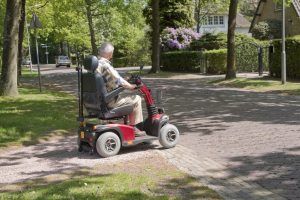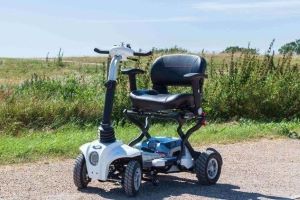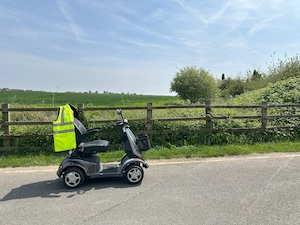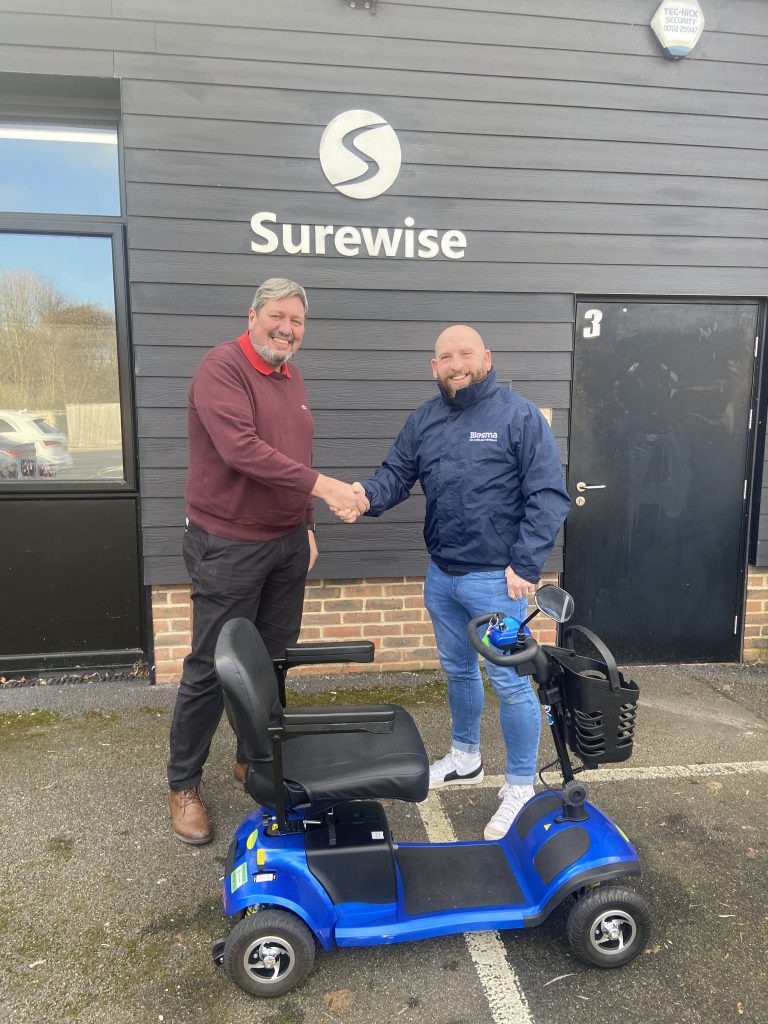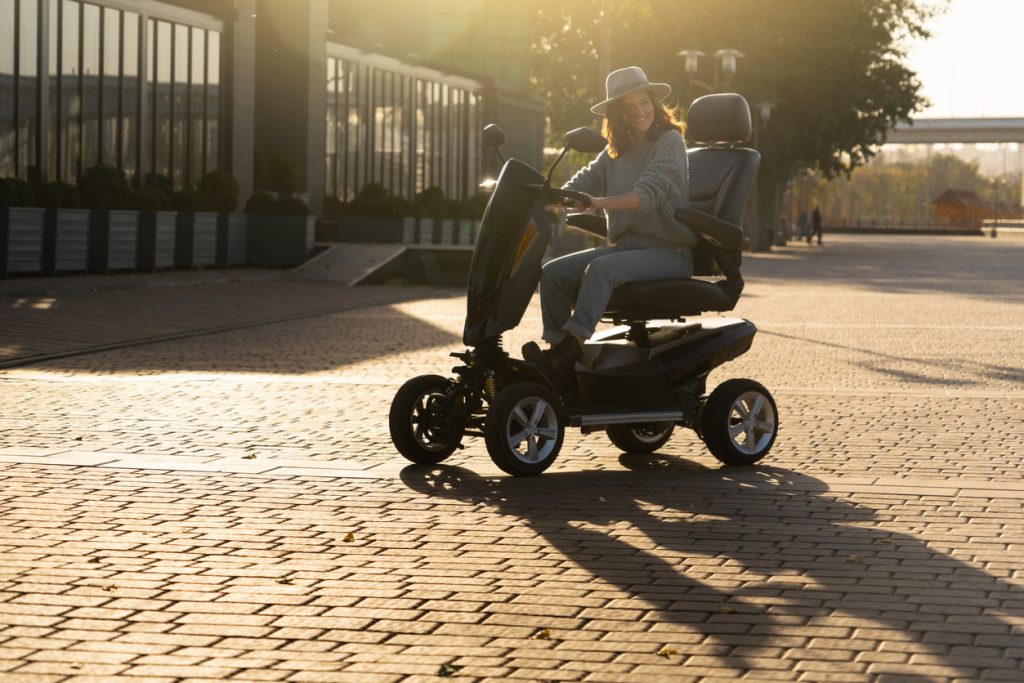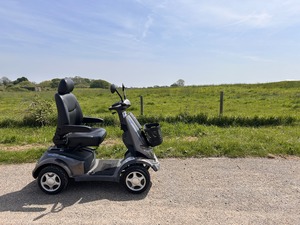Physical activity can help control weight, improve mental health, and lower the risk for early death, heart disease, type 2 diabetes, and some cancers. Physical activity can also improve mental health by reducing depression and anxiety.
A significant factor can be awareness of what is available. Luckily, wheelchair sports have become much more accessible in recent years- thanks, in no small part, to the growing popularity of the Paralympic Games. This article aims to connect the dots, making you aware of the sports available and how you can find one near you.
Whether it’s a local wheelchair basketball league or the elite Paralympics, there is a sport available to suit the abilities and interests of everyone. These sports are widely recognized and have various associations and organizations to support beginners too, so there is no reason to let inexperience hold you back…
1. Wheelchair Basketball:
This one you may have heard of or even seen. This fast-paced sport is played on a standard basketball court, with the same rules as able-bodied basketball. However, there are a few modifications made to accommodate the players’ disabilities. For example, players are allowed to “dribble” the ball by pushing it along the floor with their hands, and the ball must be bounced between the wheels of the wheelchair at least twice before it can be passed or shot.
This is a high-octane wheelchair sport where the UK has an impressive international pedigree- with eight Paralympic medals, being crowned European Champions three times in a row, and winning the World Championship in 2018.
Go here to find your local club.
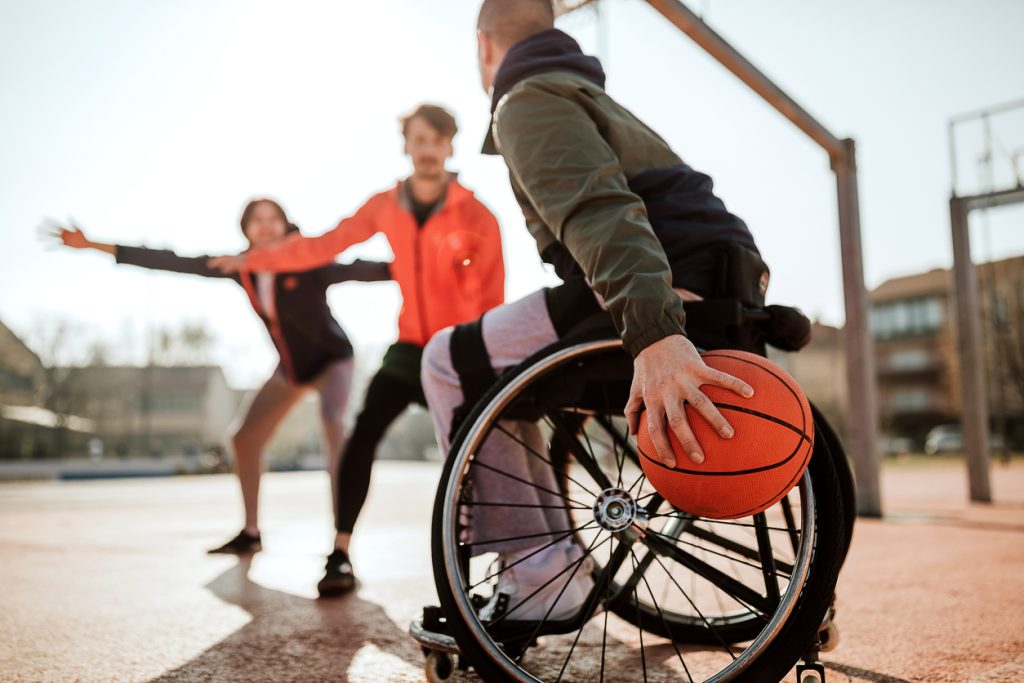
2-Wheelchair Tennis:
Another popular sport for people in wheelchairs is wheelchair tennis. This sport is very similar to able-bodied tennis, with the same rules and equipment used. The main difference is that players are seated in wheelchairs and use specially adapted racket holders to hold the racket.
The game is played on a standard tennis court, and players must hit the ball over the net and within the boundaries of the court. This sport requires a high level of hand-eye coordination and precision, making it a challenging and rewarding activity for players.
This link will help you find a club near you.
3-Wheelchair hockey
Wheelchair hockey, also known as power hockey, is played with a small, hard plastic ball, and each player uses a specialized wheelchair with a metal front bumper to hit and control the ball. The objective of the game is to score goals by hitting the ball into the opposing team’s goal. It is played on a standard basketball court, with two teams of four players each.
The rules and regulations of the game are similar to those of traditional ice hockey, with a few modifications to accommodate the use of wheelchairs.
Para hockey is also available. This is played on ice, similar to ice hockey, but modified for wheelchair users. A bonus here is that disabled and able-bodied players can play in the same game if you’d like to bring along any able-bodied friends.
Here are the links to power hockey and para hockey clubs near you.
4-Wheelchair Racing:
Wheelchair racing is another popular sport for people in wheelchairs. This sport is similar to able-bodied track and field but with the added challenge of competing in a wheelchair. Athletes compete in a variety of events, including sprints, middle-distance, and marathon races.
The wheelchairs used in racing are specially designed for speed and maneuverability, and the athletes must have a high level of upper body strength to compete at the highest level.
This sport is a great way for people in wheelchairs to push themselves to their physical limits and achieve personal bests.
The British Wheelchair Athletic Association has details of the sports included and how you can get involved.
5-Wheelchair Rugby:
Well, it’s called “rugby” but is a combination of rugby and basketball, and is played on a standard basketball court. The goal of the game is to carry or pass the ball across the other team’s goal line. Players can use their wheelchairs to block and tackle opponents, making for a very physical and intense sport.
So this one has a bit more rough-and-tumble, requiring a high level of teamwork and strategy, as well as a strong upper body and good hand-eye coordination.
If that’s whet your appetite, find yourself a club near you!
6-Wheelchair Fencing:
Wheelchair fencing is a sport fast growing in popularity among people in wheelchairs. This sport is similar to able-bodied fencing but with the added challenge of competing in a wheelchair. Athletes use specially adapted swords and protective gear, and the game is played on a standard fencing strip.
Fencing is a great sport for people in wheelchairs, as it requires a high level of agility and precision, as well as good upper body strength.
This one is also now an Olympic Sport, and you can find more details by filling in this form here.
7-Wheelchair Curling:
Wheelchair curling is a version of the traditional ice sport, adapted for wheelchair users. The sport is played on a sheet of ice, with teams of four players trying to slide stones as close as possible to a target, or “house”. The sport is governed by the World Curling Federation and is open to athletes with a variety of physical disabilities.
Players are allowed to use a delivery stick to deliver the stone, and stones are specially designed to be easier to handle. Additionally, there is a “stick-free” rule which means players are not allowed to use their hands to guide the stone; instead, they must rely on their upper body strength to control the stone’s trajectory. Wheelchair curling is a great way to promote teamwork and sportsmanship among people of all abilities.
Exercise Beyond Sports…
Of course, it’s not essential to join a sports team if you would simply like to be a bit more active this year. Here are a few ways you can still enjoy physical activity in your daily routine:
1) Visit an Accessible Attraction
You don’t have to be running and sweating in order to get a good bit of exercise in – you could simply be enjoying a day out.
From taking in nature on a trail walk to working your way around London Zoo, there are many accessible attractions in the UK that make the perfect excuse to get a little more active in the sunshine.
Take a look at our list of the top accessible attractions in Britain for some inspiration!
2) Socialise with Your Friends & Family
Being active mentally is just as important as physical activity, so why not arrange a regular meet-up with your friends and family to get the conversation flowing?
Many disabled people report feeling lonely, and one of the best ways to tackle this is to surround yourself with people who love you and will be there for you when you need them.
Organise a day out or even just enjoy lunch and keep your mind active as well as your body.
3) Try Out a New Hobby
Picking up a new hobby is a great way to tackle loneliness, and it will also get you a little more active without even realising it!
Is there anything you’ve always wanted to try, but never quite gotten round to it? Whether that’s a sport, or even joining a book club, trying a new hobby is a great way to keep yourself busy all year round.
4) Focus on Functional Fitness
Fitness definitely doesn’t have to be about pushing yourself to your limit. Sometimes, it can just mean practising exercises that will help your life much easier.
Whether you need assistance walking, getting in and out of bed, or feel you’d like to be able to lift things a little easier, start slowly and build up from there. Use your body weight and practice functional moves like squats, lunges, press-ups, and sit-ups, if you can.
You could even look up some gentle yoga sequences online to help build strength and flexibility in your body this spring.
How Much Exercise Should I Do Per Week?
It is recommended that adults be active daily and aim to do at least 150 minutes of physical activity throughout the week.
However, if you are not used to exercising, you should aim for 10-minute sessions at first and slowly build up your physical ability before doing longer sessions. In your exercise sessions, you should be a little out of breath but still able to hold a conversation.
We offer wheelchair insurance and mobility insurance policies to give you the peace of mind that you’re covered against accidents, theft, loss, and more. Note – wheelchair sports are not covered under our wheelchair insurance policies and should be sought out separately.
This article only serves to highlight what sports may be available to a wheelchair user – insurance policyholders should always check their policy documentation for what is and is not covered.


